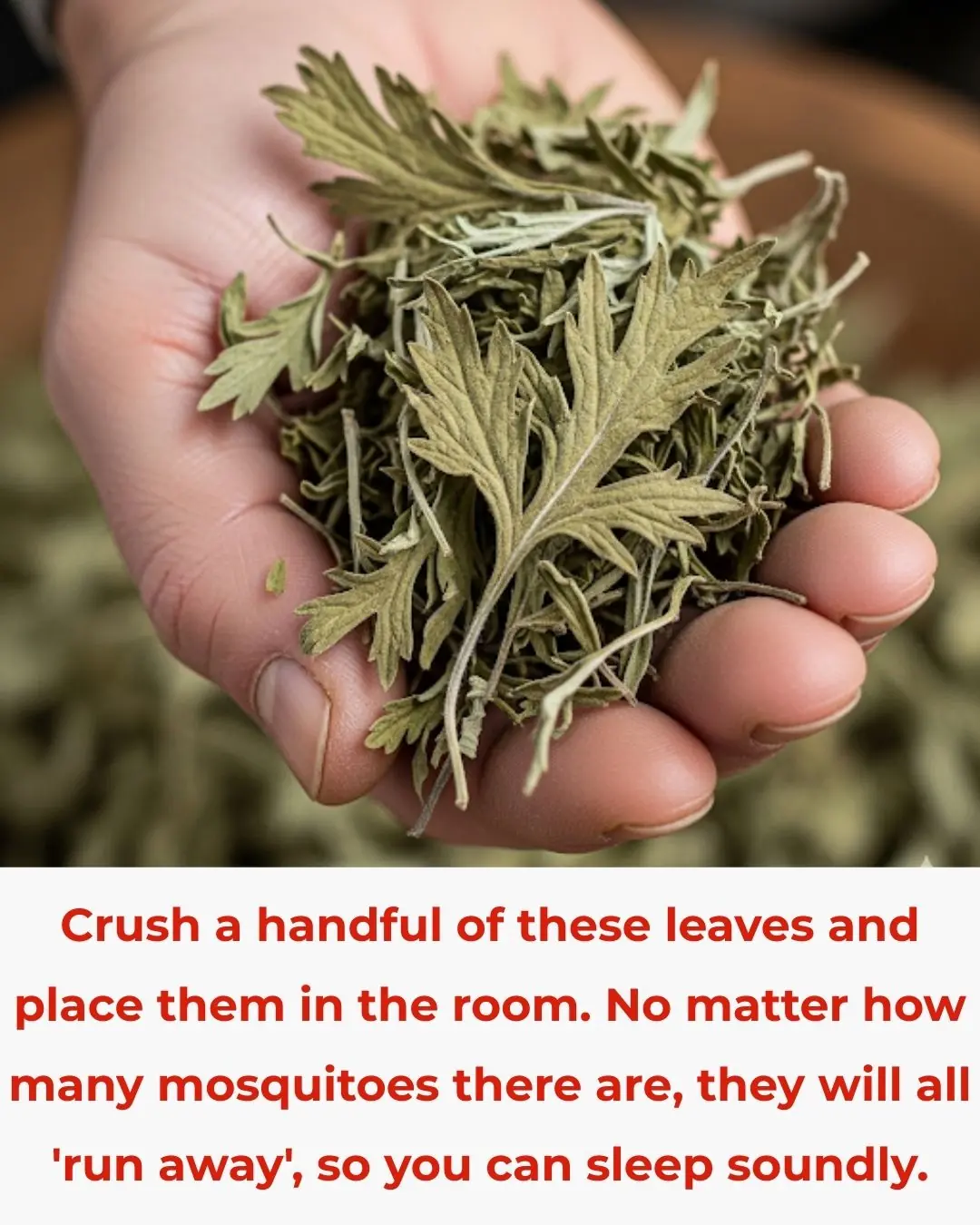
5 Nutritious Vegetables That Can Harm Your Kidneys If Eaten Too Much
Vegetables are an essential part of any healthy diet. They provide fiber, vitamins, minerals, and antioxidants that help support the immune system, improve digestion, strengthen bones, and reduce the risk of chronic diseases. However, not all vegetables are safe when consumed excessively, especially for people with kidney issues.
Some vegetables are rich in oxalates (or oxalic acid)—a natural compound that, in high amounts, can increase the risk of kidney stones and even contribute to kidney function decline over time. For people with a history of kidney stones or chronic kidney disease (CKD), consuming too many high-oxalate vegetables may worsen their condition.
Let’s explore 5 vegetables that, despite being highly nutritious, should be consumed in moderation—especially by those at risk of kidney problems.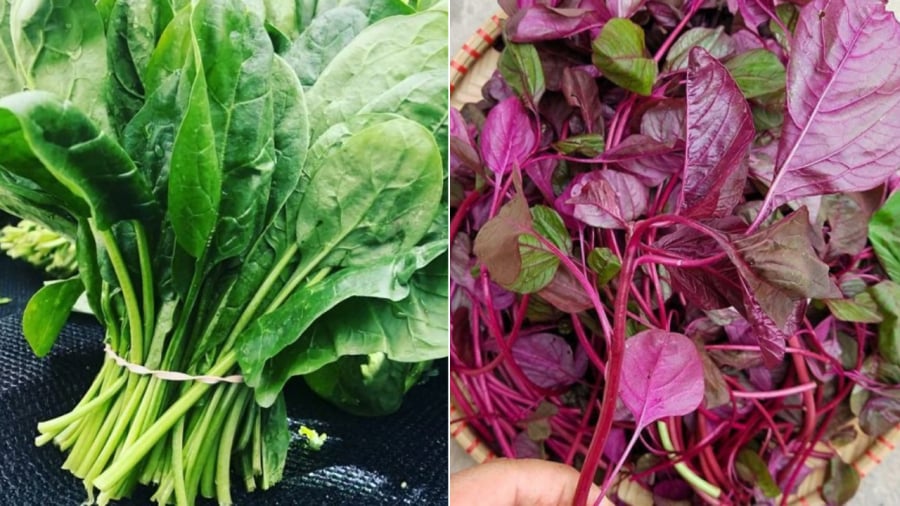
1. Leafy Cruciferous Vegetables (Especially Spinach)
Cruciferous vegetables like spinach, kale, collard greens, and mustard greens are rich in essential nutrients, including vitamins A, C, K, and folate. However, some of them—like spinach—are extremely high in oxalates.
For example, just 123 grams (about 1/2 cup) of cooked spinach contains up to 755 mg of oxalates, one of the highest levels found in any vegetable.
In healthy individuals, excess oxalate is filtered and excreted through urine. But in people with impaired kidney function, oxalates may accumulate in the body and form calcium oxalate stones—a common type of kidney stone.
Tip: If you’re managing kidney health, avoid over-consuming spinach. Instead, opt for low-oxalate greens like kale, romaine lettuce, or bok choy. Even with these, moderation is key.
2. Amaranth Leaves (Red or Green Amaranth)
Amaranth is packed with beneficial nutrients such as vitamin A, iron, calcium, and powerful antioxidants like lutein and beta-carotene. It supports immune health, protects eyesight, and has anti-inflammatory properties.
However, amaranth is also a high-oxalate vegetable, with about 229 mg of oxalate per 100 grams. Regular consumption in large quantities can significantly increase the oxalate load on your kidneys.
Recommendation: People with a history of kidney stones or chronic kidney disease should limit their intake of amaranth. It’s best enjoyed occasionally and in small servings, not as a daily staple.
3. Water Spinach (Morning Glory / “Rau Muống”)
Popular in Southeast Asian cuisine, water spinach is a beloved staple known for its tender stems and mild flavor. It’s inexpensive, easy to cook, and rich in potassium, vitamin C, and other micronutrients.
However, water spinach is surprisingly high in oxalates—containing up to 691 mg of oxalate per 100 grams.
Useful Cooking Tip: To reduce oxalate content, blanch the vegetables in boiling water before stir-frying or adding to soups. This helps leach out some of the oxalates, making it safer for consumption.
Still, for people with kidney concerns, it’s best to enjoy water spinach only occasionally.
4. Bitter Melon (Bitter Gourd)
Bitter melon is well known for its cooling and detoxifying effects. It’s also touted as a helpful food for managing blood sugar levels, making it popular among people with diabetes.
What many don’t realize is that bitter melon contains a relatively high amount of oxalates—about 459 mg per 100 grams.
Regularly consuming bitter melon in large portions can pose risks to those with kidney problems. It may increase the oxalate load and potentially trigger the formation of kidney stones or worsen existing kidney issues.
Advice: If you love bitter melon, eat it in moderation and ensure you balance it with other low-oxalate foods in your diet.
5. Okra (Lady’s Finger)
Okra is a nutrient-dense vegetable known for its fiber, vitamin C, and folate content. It supports blood sugar control, helps manage weight, and aids in bone health.
However, okra is also moderately high in oxalates, with around 57 mg per 120 grams. While that number may seem low compared to spinach, frequent consumption can still add up—especially when combined with other high-oxalate foods.
Kidney Health Tip: Limit how often you eat okra, and try steaming or boiling it, which can slightly reduce oxalate levels.
Final Thoughts: Moderation is Key
Green vegetables are vital for a balanced diet, but not all greens are equal when it comes to kidney health. For people with kidney stones, chronic kidney disease, or a family history of kidney issues, it’s crucial to:
-
Monitor oxalate intake
-
Rotate your vegetable choices
-
Drink plenty of water to help flush out oxalates
-
Consult a doctor or dietitian before making major dietary changes
Even if you’re healthy, being mindful of how much spinach, water spinach, amaranth, bitter melon, and okra you consume can help you maintain optimal kidney health in the long term.
A healthy diet isn’t just about what you eat—it’s about how much, how often, and how well you understand what your body needs.
News in the same category

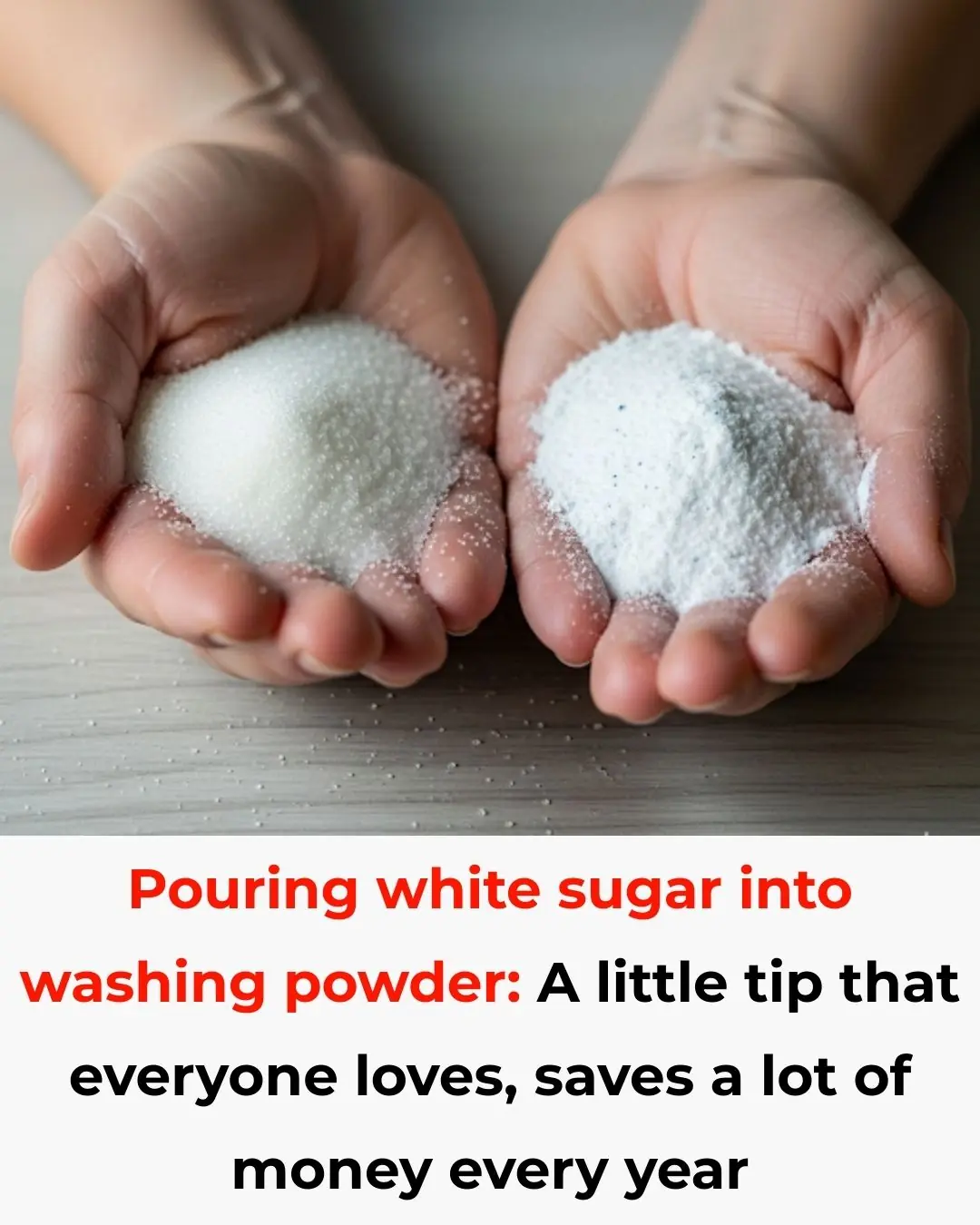
Pouring White Sugar into Detergent: A Simple Trick Everyone Loves That Saves You Big Every Year

7 Items You Should Never Store in the Freezer – Like Ticking Time Bombs

The Amazing Benefits of Mixing Laundry Detergent with Salt: A 'Golden' Solution You Should Try

The Incredible Benefits of Mixing Toothpaste with Baking Soda: A Must-Try DIY Remedy

Water flowing from the air conditioner: What seems useless actually has many surprising benefits

What does a bitter taste in the mouth in the morning indicate?

Be careful when buying cooking oil: just three words on the label, no matter the brand, and it’s considered ‘blended oil’.

Every washing machine has this small part, open it once a month, clothes will smell fresh, machine will be more durable and cleaner
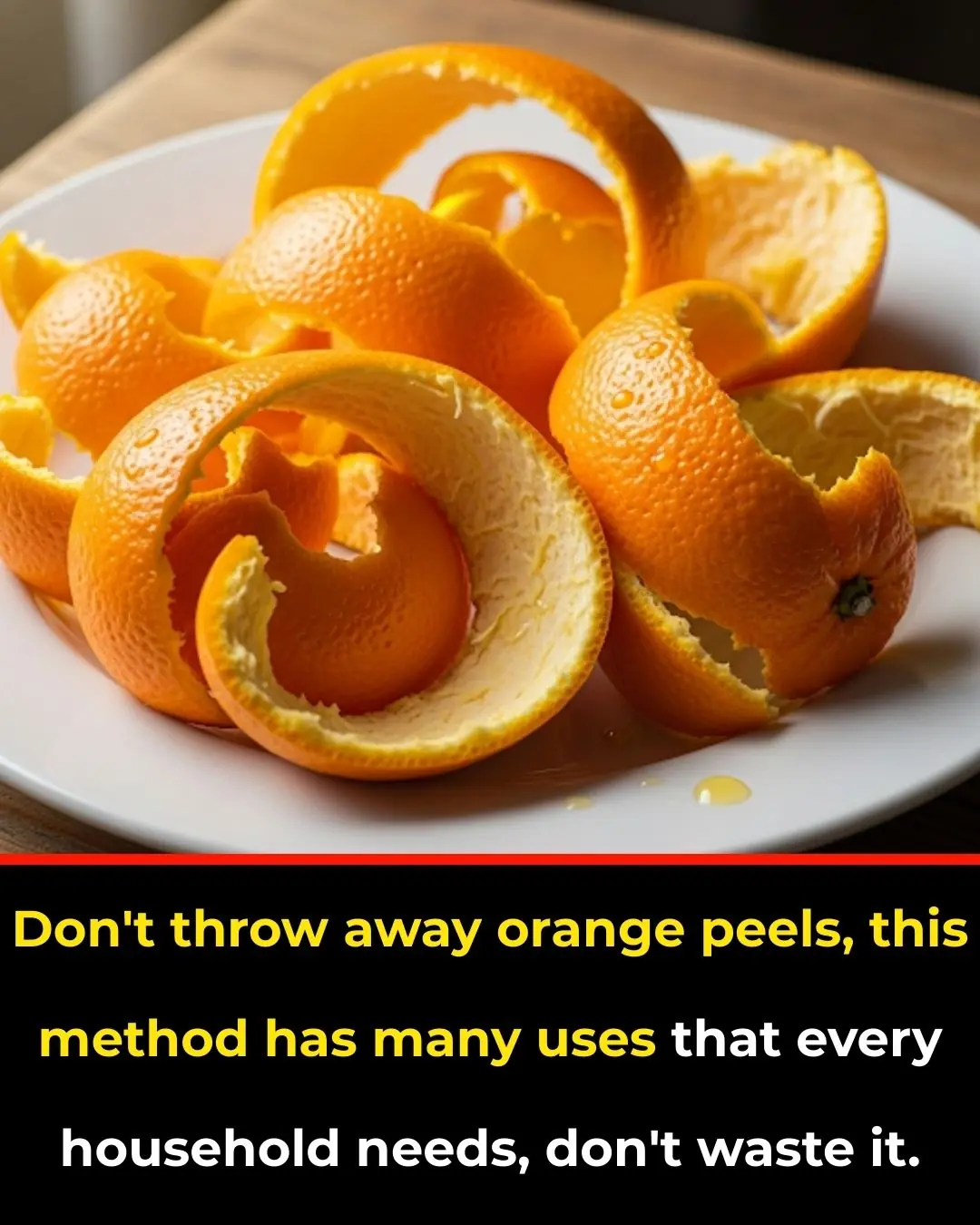
Don't throw away orange peels, this method has many uses that every household needs, don't waste it.

The Surprising Benefits of Overnight Tea: A Wasteful Habit You Might Not Know About

How to Clean Limescale Off Your Faucet in Just 25 Seconds with a Simple Trick

How to Clean Your Air Conditioner Easily in Just 15 Minutes — No Technician Needed, Even Women Can Do It Effortlessly

How to Keep Your Non-Stick Pan as Good as New for 3 Years: Simple Tips and Tricks

Using Electric Kettles to Boil Water: 9 Out of 10 Households Make This Mistake — Remind Your Loved Ones to Fix It Early

🌅 Three Morning Symptoms That Could Be Early Warning Signs of Cancer

Why You Shouldn't Pour Coffee Grounds into the Sink

Why You Shouldn't Turn on the Air Conditioner During Storms: A Waste of Money

The Benefits of Keeping Salt in Your Fridge: A Simple Trick to Improve Health
News Post

Early-Stage Cancer May Not Hurt at First, But If You Notice These 8 Signs When Using the Bathroom, See a Doctor Immediately: Don’t Be Negligent

Crush This Bundle of Mugwort Leaves and Place It in Your Room — No Matter How Many Mosquitoes There Are, They’ll ‘Run Away’ and You Can Sleep Peacefully

Pouring White Sugar into Detergent: A Simple Trick Everyone Loves That Saves You Big Every Year

How True Love Shows Itself During Intimacy

The surprising truth about eating eggs every day

7 Early Signs Your Body is Fighting Cancer

9-year-old dies after dental procedure

Terri Irwin makes heartbreaking admission 19 years after Steve’s death

7 Items You Should Never Store in the Freezer – Like Ticking Time Bombs
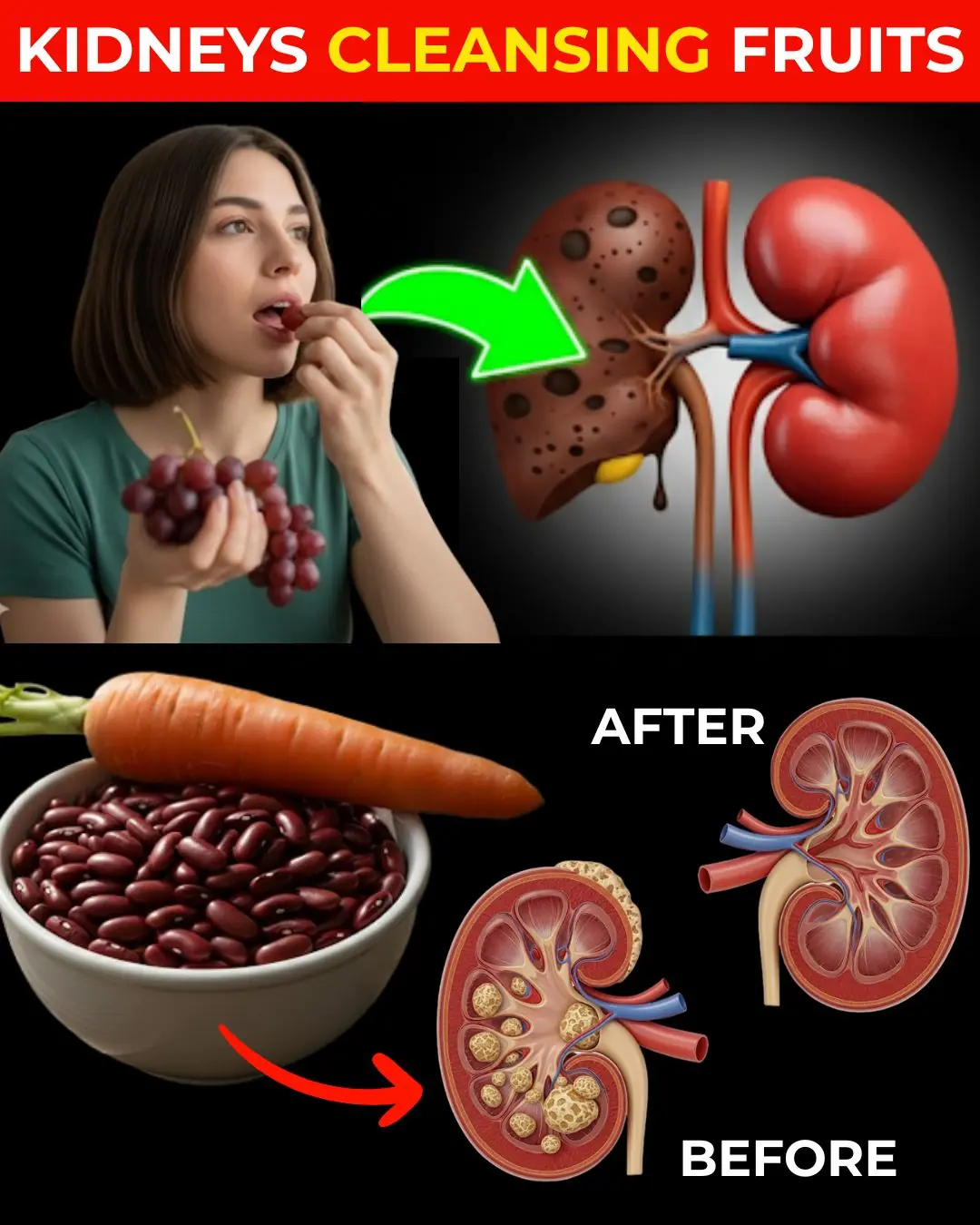
18 Powerful Foods That Help Detox Your Kidneys and Cleanse Them Naturally

15 Best Skin Gels for Glowing Skin & Wrinkles

Vaseline Uses and Benefits for Skin, Lips and Hair | Petroleum Jelly Benefits

🥚 What Happens to Your Body When You Eat 2 Eggs Every Day?

‘Miracle’ Moment: Cross Necklace Stops Bullet and Saves Man’s Life

Christian Bale Built $22 Million Foster Care Village in California

Unexplained Bruising on Your Body: Causes and Treatments

If your private parts smell fishy, it’s something you should be aware of

10 Hidden Signs Your Immune System Is Under Attack
